Using banana peels in the garden
Four ways banana peels can help your plants
We all know overripe bananas can be peeled, cut, and frozen in a zip-lock bag or airtight container and used later in baking or smoothies, but did you know banana peels can help your plants?
Prepare to level up your waste warrior and plant-parent status with these simple ideas that will save you money and reduce waste to landfill.
What's so good about banana peel?
Banana peels contain:
- calcium, which promotes root growth helps add oxygen to your soil
- magnesium, which assists with photosynthesis
- sulphur, which helps plants develop strong roots and repel pests
- phosphorus, which improves fruiting and flowering and assists with pollination and seed germination and viability
- potassium, which improves general plant vigour, including building resistance to pests and diseases and assists with fruit development.
Basically, banana peels are full of nutrients your indoor plants and garden will love.
Ways to use banana peels in your garden
Don't waste banana peels by throwing them in the bin. Try out these ideas.
1. Homemade liquid fertiliser and non-toxic pest repellent
Start by cutting your banana peels into small pieces and putting them in a bucket or container and covering them with water. Leave them for two to three days. Stir occasionally.
Strain and use the liquid to water your plants. You can also add the liquid to a spray bottle and spray it onto the leaves and branches of your plants to help deter aphids.
Take this mixture a step further by adding crushed eggshells and a spoonful of Epsom salts.
Make this a zero waste recipe by adding your strained peels to your worm farm, bokashi, or compost bin, or simply bury them in the soil of your garden or potted plants.
2. Homemade slow-release fertiliser
Chop your banana peels into pieces and lay them on a tray to dry them in the sun or in a low oven (with the door slightly open).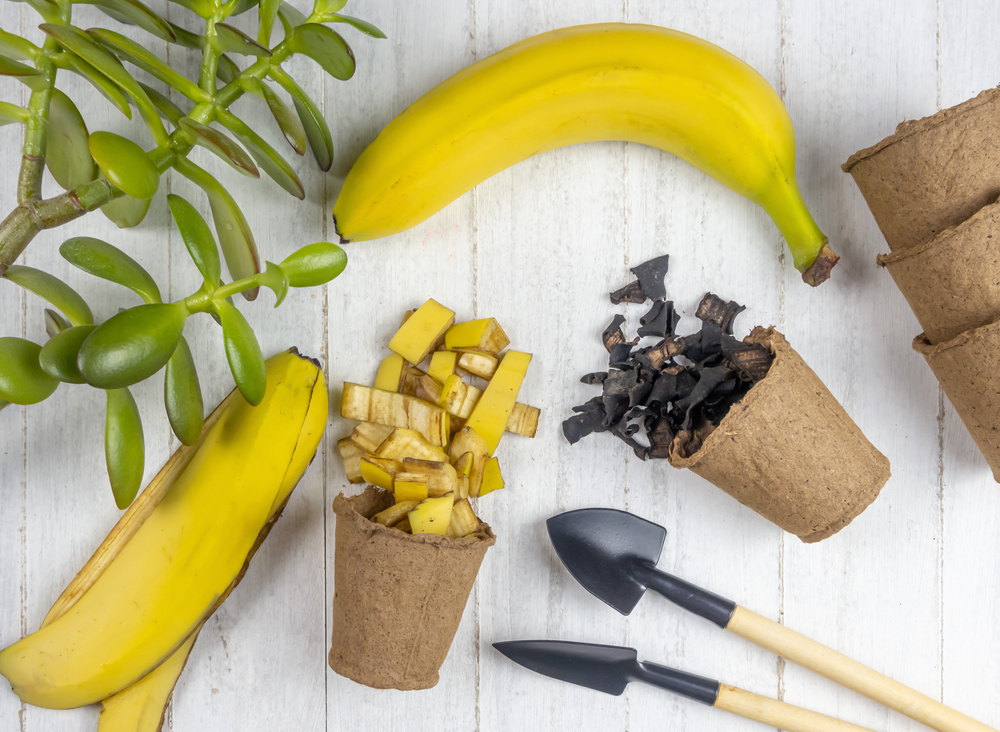
You can use them as dried banana skin chips, or grind or blitz them into a powder. Bury your powder or chips in pot plants or garden soil, or mix into your potting mix to improve your soil's nutritional value.
Epiphytes such as staghorn, orchids, bromeliads, and bird's nest ferns will especially love this slow-release fertiliser added every few months.
3. Use them as mulch
Mulch helps improve the quality of your soil and the health of your garden by suppressing weeds, providing a home for plant-friendly insects and microorganisms, as well as helping retain moisture by up to 70% more than un-mulched soil.
Banana peels can be placed directly onto pot plant soil, or around the base of your garden as mulch. As they decompose, they will release nutrients into the soil to feed plants.
If using banana peels in your garden, place a single layer straight on top of the soil, being sure not to let them touch the plant stem. Cover the peels with a standard mulch, such as sugar cane mulch, to prevent attracting fruit flies.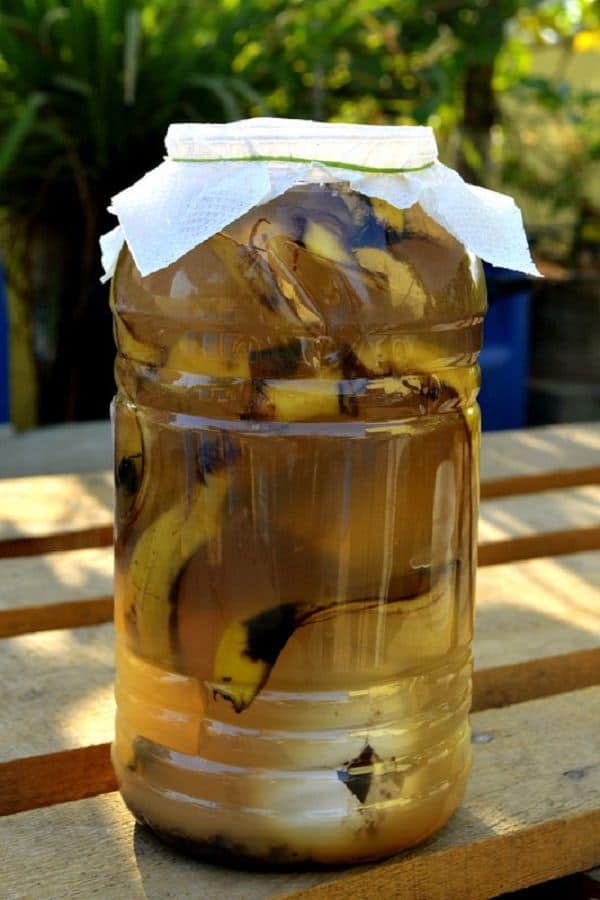
4. When in doubt, compost, compost, compost!
Banana peels are a great ingredient for your compost or worm farm, adding lots of nutrients to the organic recycling process.
Council is making purchasing your organic recycling system easier with our compost rebate program. The program provides eligible Brisbane residents with a rebate of up to $70 off the purchase of eligible composting equipment. Whether you live in a house or apartment, and whether you're a home owner or renter, there's a composting system to suit your needs.
Council has also partnered with a number community gardens around Brisbane to help residents who are unable to compost at home, recycle their kitchen scraps. Our Community Composting Hub program encourages residents living near a hub to regularly contribute their kitchen scraps to community garden compost bins.
Video
Watch our video below or watch it on Council's YouTube channel.
Related links
- Food waste in Brisbane
- Love Food Hate Waste
- Brisbane's top three most wasted foods
Date posted:
10 Ways To Use Banana Peels In Your Garden As Fertilizer
Table of Contents (Quickly Jump To Information)
If you have kids, you likely have a lot of banana peels floating around. Trashing them seems like kind of a waste so why not recycle them instead – in your garden.
Did you know banana peels make one of the best fertilizers out there? I didn’t until I started researching it.
Turns out, banana peels are a rich source of nutrients your plants crave: Potassium, phosphorus, and calcium, along with a host of other minerals your plants need.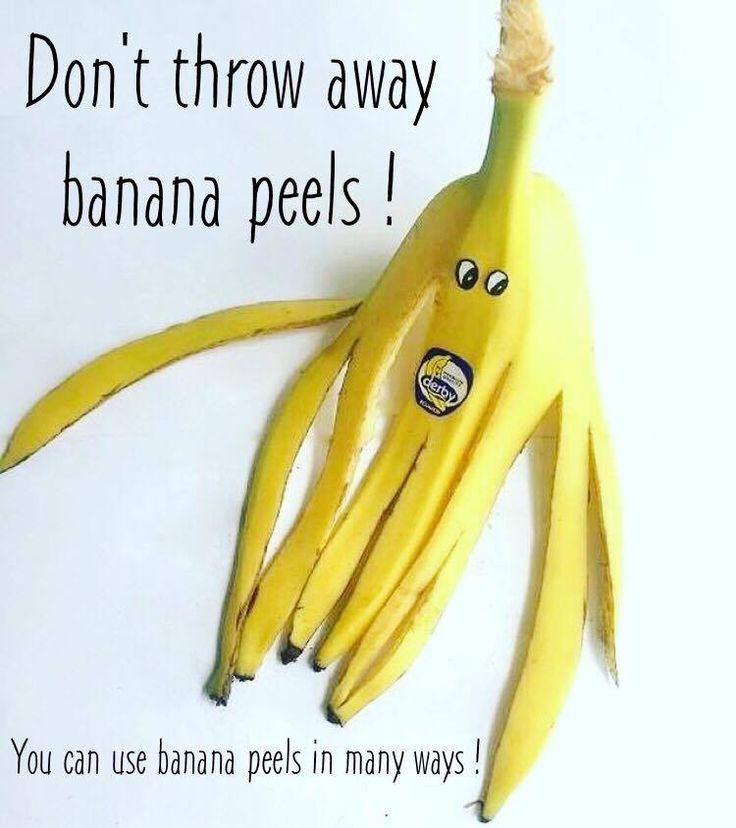
Here’s the deal:
Using them in your garden is a snap – and since it’s free fertilizer, adding them to your garden is a no-brainer. (Before adding peels to your garden, however, be sure to remove those stickers.)
So before you toss that peel: Here’s 10 ways you can add banana peels to your garden, and keep it as natural as possible.
1. Banana Peel Tea
Like compost tea, this fertilizer uses nutrients leeched from banana peels to give your plants a mineral boost. To make it, fill a mason jar with water, and add a banana peel. Let it sit for 48 hours.
After 2 days, discard the peel (using one of the other methods in this article, hopefully!), leaving the water in your mason jar. Water your plants as usual with your banana tea.
2. Chop the peels, then add to your garden’s soil directly
If you made the banana peel tea above, you’ll have leftovers to use up. Consider adding them to your garden directly.
Here’s one way to do it: To do so, chop your banana peels into 1/4 inch pieces – by chopping them, you kick start the composting process, and release some of the beneficial vitamins and minerals in the peels.
Bury them anywhere from 4 inches down to just beneath the surface of the soil. If you choose to bury them inches below the soil, do so before you plant your vegetables at that location, or where you aren’t in danger of hitting your plants’ roots. As the peels decompose, all the valuable vitamins in the peels will reach the roots, giving you plants a nutrient bump that will make them happy.
3. Toss leftover banana peels into a compost pile
If you want to feed your red wigglers and indirectly use banana peels in the garden, toss your leftover peels in your compost pile. It’s not the most inventive way to use the peels, but it’s a valuable method, nonetheless. Over time the peels will decompose and turn into rich compost.
When preparing your beds for planting, or when your plants begin to flower, side dress with the compost to aid in fruit and vegetable development – your plants will love the extra nutrients.
4. Dry the peels, then grind them into a fertilizer
Similar to the spray version, you can dry your banana peels and grind them into a fertilizer.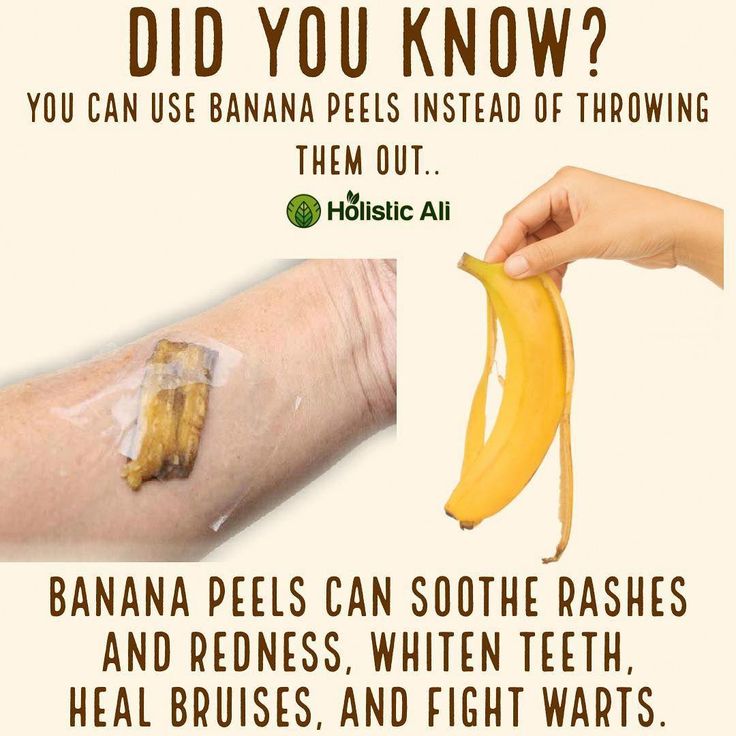 If you only have a few peels to use up, but want to use them effectively on many plants, this is a great option.
If you only have a few peels to use up, but want to use them effectively on many plants, this is a great option.
Here’s the deal: Dry your banana peels using the method I go into at the end of this article. Once dry, grind the peels in a coffee or spice grinder. Add to your garden soil directly, either by sprinkling as a side dressing or gently incorporating into the dirt, making sure to avoid your plants’ roots.
5. Add the whole peel to your garden
A very straight forward way to use banana peels in the garden is to add the whole peel to the soil when planting. The seeds will get a nutrient kick at the start of their lives, which will translate into healthier plants and a better harvest.
Here’s how to do it: When you plant your seeds, dig a trench a couple inches deep. Lay the peels flat in the trench, and add your seeds on top. Fill the trench in when you’re done laying the peels and the seeds. As the seeds germinate, form roots, and continue to grow, the peels will decompose, creating a rich fertilizer.
6. Create a banana peel spray
A step-up from banana peel tea, this spray is a fertilizer that also uses eggshells for a calcium boost and Epsom salt for magnesium. If your plants are established, and you just want to give them a nutrient boost, try making a fertilizer spray. Why? Because you can hit many plants at once without needing a ton of banana peels (and without having to chop them all up).
Here’s how to make it: To create the fertilizer spray, you’ll need banana peels, egg shells, Epsom salt, and water. Dry the banana peels (see tutorial at the end of this article for how) and egg shells, then once they’re dry, grind them together. Add the peels and shells to a spray bottle, along with the Epsom salt, and fill the sprayer to the top. Spray on your plants as needed. Get the full recipe to make fertilizer from banana peels here!
7. Create an insect trap
You can create a simple insect trap with banana peels and apple cider vinegar.
If flies are a problem, and you’re looking for a non-toxic solution that’s pet friendly, creating this trap might be for you. It’s also a great way to reuse a disposable plastic container and keep it out of the landfills.
Here’s how to do it: To make an insect trap using banana peels, combine small pieces of the peels with the vinegar, and shake to mix and release the scent of the banana.
If you follow this blog at all, you’ll know I’m in love with homemade vinegar, and of course that’s what I will recommend you use in this banana peel, apple cider vinegar project. Drill holes large enough to allow bugs to get through into your plastic container, and pour your banana mixture (peels and all) into the container. Place outside in your garden to keep down the insect population (great for gnats).
The bottom line: Will this solve all your insect problems?
No. But neither do fly traps that contain chemicals and pesticides that you’re trying to keep away from your veggies.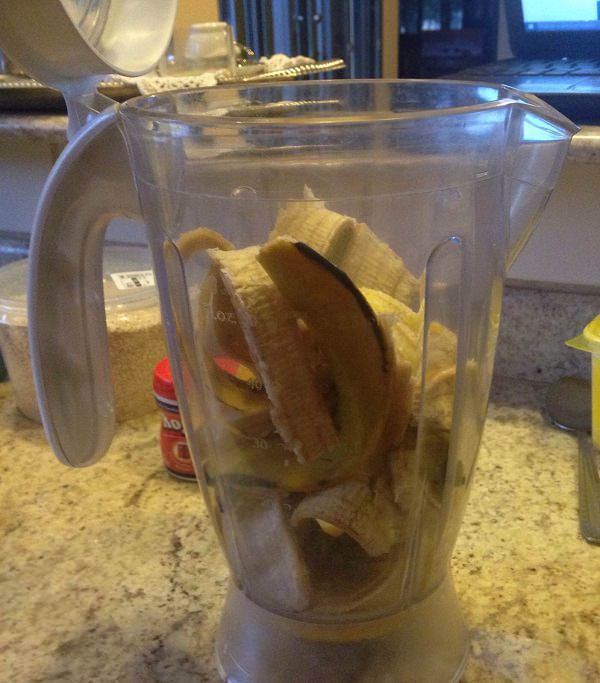 You’ll still get bugs, but you will get less of them, and you’ll keep your garden free of harmful chemicals.
You’ll still get bugs, but you will get less of them, and you’ll keep your garden free of harmful chemicals.
8. Keep Aphids Away
One reported use for banana peels in the garden is as an aphid deterrent. These little pests can decimate a garden before you can say “tomato sauce,” so keeping them away is important. To use banana peels to prevent aphids, place chopped peels just under the soil line. I’m not sure why, but there’s something in the peels that aphids hate.
And here’s the kicker: You’ll also be adding fertilizer to your garden, since as the peels decompose, their nutrients will unlock and release into the dirt.
9. Ferment Peels For Bigger Blooms
For bigger blooms and healthier plants, use fermented banana peels in your garden. This is particularly good for healthy roses, but any flowering plant will benefit.
How do you ferment banana peels? Put your peels in a mason jar, and cover with enough water so they’re submerged.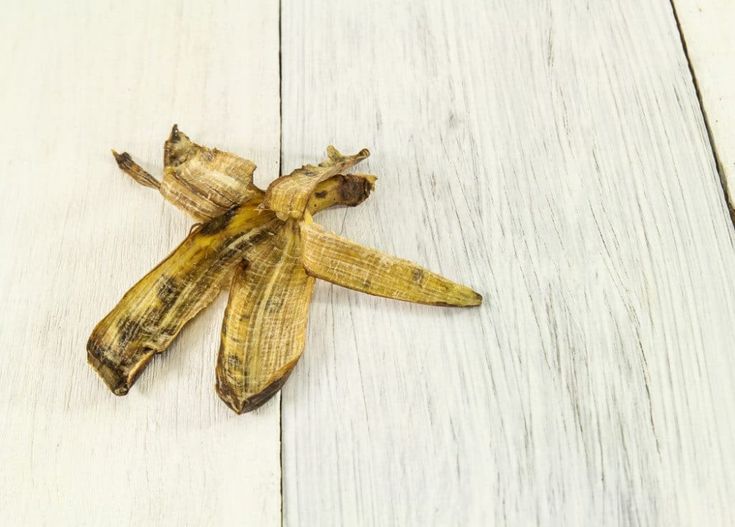 You’ll want to put some sort of weight on the peels so they remain under the water.
You’ll want to put some sort of weight on the peels so they remain under the water.
Cover with cloth and rubber band or a loosely fitting top (I personally use a loosely fitting top). Let the mixture sit for a week while the good bacteria does its job and unlocks the nutrients in the peel. If you see a cloudy must, that’s ok. If you start to see black mold, you’ll have to throw it away and start again. As long as the peels are below the surface of the water, you’re probably okay. Let your nose and your judgement be your guide.
After a week, put the peels in a blender and puree (save the water for other plants). Side dress your blossoming plants with the puree, being sure to incorporate it into the soil gently so it doesn’t attract unwanted critters like squirrels and raccoons. If they’re a particular concern, dilute the puree in water to help it distribute into the ground better.
10. Create banana peel vinegar (for acidic soil-loving plants)
If you’re looking to give your blueberries a nutritional boost, create some banana vinegar for them – it will give them the acidic soil they crave while unlocking the nutrients in the bananas for a healthier plant.
To create banana vinegar, follow the steps above to ferment the peels.
After a week, remove the peels, and allow the water to sit, covered, until the mixture ferments into a vinegar. This can take anywhere from 4-6 weeks, depending on conditions such as temperature.
Let your nose tell you when it’s turned to vinegar – it will have that unmistakable vinegar scent. If the mixture seems especially potent (you’ll know by the scent), dilute it with water right before using so you don’t accidentally burn your plants.
Bonus: How to Dry Banana Peels
You can either dry peels whole, or cut them into strips (1/8″ – 1/4″) and place them so they’re not touching on a cookie sheet. For both methods, dry them at 140 degrees, leaving the oven door open 1-2 inches, until they’re dried through.
Maat van Uitert
Maat van Uitert is a backyard chicken and sustainable living expert. She is also the author of Chickens: Naturally Raising A Sustainable Flock, which was a best seller in it’s Amazon category.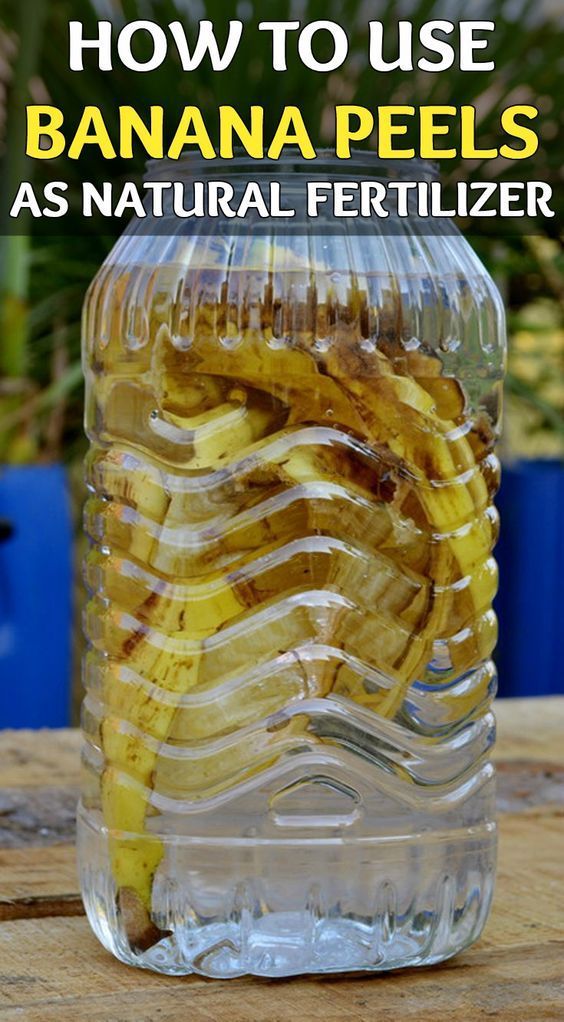 Maat has been featured on NBC, CBS, AOL Finance, Community Chickens, the Huffington Post, Chickens magazine, Backyard Poultry, and Countryside Magazine. She lives on her farm in Southeast Missouri with her husband, two children, and about a million chickens and ducks. You can follow Maat on Facebook here and Instagram here.
Maat has been featured on NBC, CBS, AOL Finance, Community Chickens, the Huffington Post, Chickens magazine, Backyard Poultry, and Countryside Magazine. She lives on her farm in Southeast Missouri with her husband, two children, and about a million chickens and ducks. You can follow Maat on Facebook here and Instagram here.
Is banana peel useful in the garden? Photo - Botanichka
On the Internet you can find many articles about the miraculous power of a banana peel. For example, it is recommended to add it to the planting holes when planting roses for lush flowering. Many gardeners soak the peel in water to make a "tea" out of it and use it as fertilizer for houseplants. Some recommend drying the peel, then grinding it into a powder and using it for top dressing. But is there any scientific basis for such advice? Let's take a closer look. nine0003 Is banana peel useful in the garden?
Let's say you just finished eating a banana and you still have the peel. Can you use it to give your houseplants and garden plants extra nutrients? On the Internet, there are a lot of sources of unproven information about this. And, unfortunately, most of the myths about growing plants are not supported by science. It's hard not to notice the hype around the banana peel and its almost miraculous properties in plant growing. But relying on banana peels as the best plant food is not the best choice. nine0003
And, unfortunately, most of the myths about growing plants are not supported by science. It's hard not to notice the hype around the banana peel and its almost miraculous properties in plant growing. But relying on banana peels as the best plant food is not the best choice. nine0003
Banana peels are high in phosphorus and potassium, and have no nitrogen at all.
This idea probably came from people hearing that bananas are high in potassium. But in reality this is not entirely true. Bananas do have more potassium than some other foods. For example, if you compare bananas to cereals and meats, then bananas definitely win. However, all fruits and vegetables contain more potassium. So there is nothing special about bananas. Tomatoes, potatoes and beets also contain potassium, and often there is more of it than in the well-known banana. By the way, many other plant residues contain more potassium and magnesium than bananas. These include trimmings from avocados, potatoes, pumpkins or melons. nine0009
nine0009
It is also often mentioned that the content of macronutrients in the banana peel is as follows: 0% nitrogen - 25% phosphorus - 42% potassium. Is it so? First, no one will argue that the banana peel is part of the plant.
A plant needs protein to function (this is a feature of all living organisms), and protein contains nitrogen. Therefore, zero indicators for nitrogen are an unrealistic thing. No living organism, including the entire plant world, has zero nitrogen values. nine0003
In our country, most likely, the banana peel was not studied for the presence of nutrients, but in the West these studies were carried out. Research shows that banana peels contain 0.6% nitrogen, 11.5% potassium, and 0.4% phosphate. These data are valid for dry peel. In the raw peel, these same indicators are even less. For comparison, cattle manure contains NPK (nitrogen-phosphorus-potassium) in a ratio of approximately 1-1-1.
Yes. Banana peels do contain minerals, especially potassium, and once decomposed, they can be used to fertilize plants.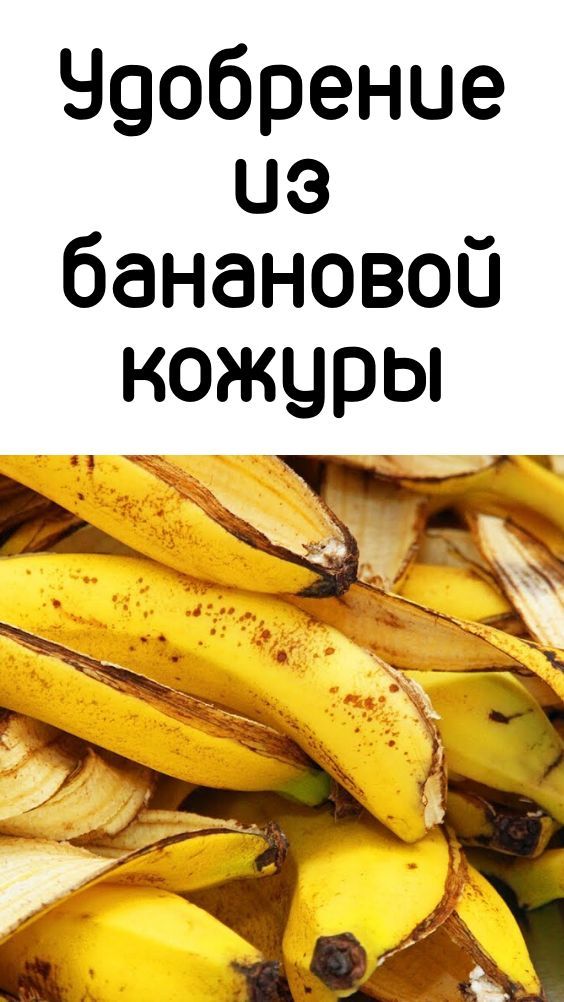 However, many garden soils lack nitrogen, and magnesium and potassium are quite sufficient there. After all, plants are designed in such a way that they will absorb minerals only if they need them, and not for the future. Therefore, adding more minerals to well-fertilized soil will not improve plant growth at all. nine0003
However, many garden soils lack nitrogen, and magnesium and potassium are quite sufficient there. After all, plants are designed in such a way that they will absorb minerals only if they need them, and not for the future. Therefore, adding more minerals to well-fertilized soil will not improve plant growth at all. nine0003
So if you "feed" your plants only with banana peels, they would most likely have serious problems.
Is "banana peel tea" good for you?
Some gardeners say that banana peels should be soaked in water. To do this, it is recommended to either use boiling water, or simply leave the skins for several days, soaked in water in the sun, and then water the plants with tincture. However, during the preparation of "banana peel tea" there is not complete, but limited decomposition, which means that most of the nutrients contained there remain in the peel and will not pass into the water. nine0003
Potassium leaches out of organic matter faster as it is not chemically bound and banana peels have higher levels of potassium, so "tea" may not provide much and the infusion will be too low. In addition, we should not forget about fruit flies and mushroom gnats, which will really like such a tasty delicacy if you feed your house flowers with “banana tea”. If you've ever made banana peel tea, you'll notice that it has a sweet, putrid smell. Soil watered with this tincture will continue to smell attractive to soil pests and become a breeding ground for the aforementioned fungus gnats and fruit flies. nine0003
In addition, we should not forget about fruit flies and mushroom gnats, which will really like such a tasty delicacy if you feed your house flowers with “banana tea”. If you've ever made banana peel tea, you'll notice that it has a sweet, putrid smell. Soil watered with this tincture will continue to smell attractive to soil pests and become a breeding ground for the aforementioned fungus gnats and fruit flies. nine0003
Batch-to-batch variability is often seen in the making of banana peel tea. Some composted banana teas appear to contain higher numbers of beneficial microbes that compete for space on the leaves and fruit, depriving pathogens of a place to colonize. Others, however, contain antimicrobial chemical compounds that are formed as a result of decomposition and inhibit the growth and development of pathogens. Still others may contain them in small quantities. However, when making banana peel tea at home, it is very difficult to predict how the infusion will turn out this time and whether it will have a positive effect on plants. nine0003
nine0003
Save yourself a lot of work and time. And just put the banana peels in the compost heap, because the use of "banana peel teas" for top dressing has absolutely no scientific justification.
Is Banana Peel Tea Healthy?Banana peel when planting roses
A very common tip that is circulating on the Internet: before planting roses, put a few banana skins in the planting hole. Sometimes they are also advised to cut into small pieces for greater efficiency. This idea probably also came from the fact that people have already heard that bananas are high in potassium, and potassium supposedly stimulates roots (in fact, phosphorus stimulates rooting more). nine0003
The harsh reality is that when a banana peel is composted, it turns into a black pulp, which is not good for young, tender roots. Rather, planting a banana peel in the bottom of the planting hole to feed the plant will do the plant more harm than good. As the peel decomposes, an air pocket remains at the bottom of the pit, which no longer contributes to good rooting.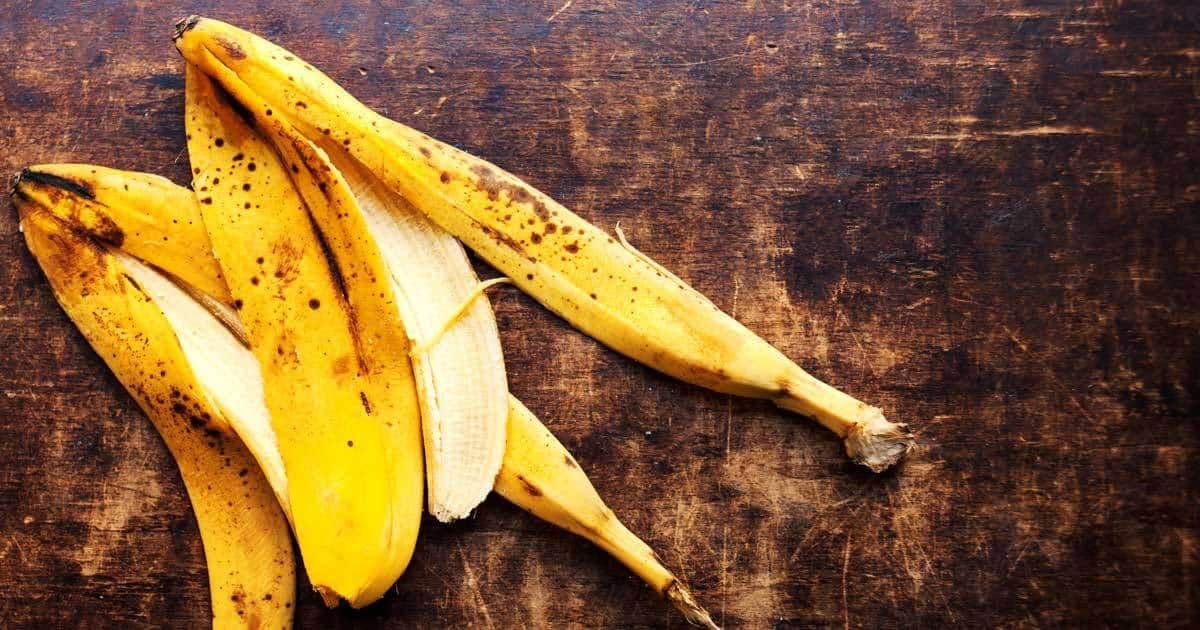 Then the soil will most likely settle, and the bush will be too deep, which is also not good for the plant. nine0003
Then the soil will most likely settle, and the bush will be too deep, which is also not good for the plant. nine0003
Bury banana peels under plants
In addition to adding banana peels to the planting hole, gardeners often recommend digging up the soil around roses and other plants and adding banana peels to the soil. However, we should not forget that the roots of roses and many other crops grow in the upper layers of the soil and digging around the base of the bushes is not always a good idea. In addition to the risk of damage to the roots, a banana peel is guaranteed to attract ants, which are known to spread numerous aphids. nine0003
Banana peels decompose very slowly, so even if the nutrients are beneficial, they certainly won't be there anytime soon, and the plant may need nutrition now.
As discussed above, banana peels are relatively high in potassium compared to nitrogen and phosphorus. This is not an ideal ratio for plants. And to compensate, some people add eggshells to the soil.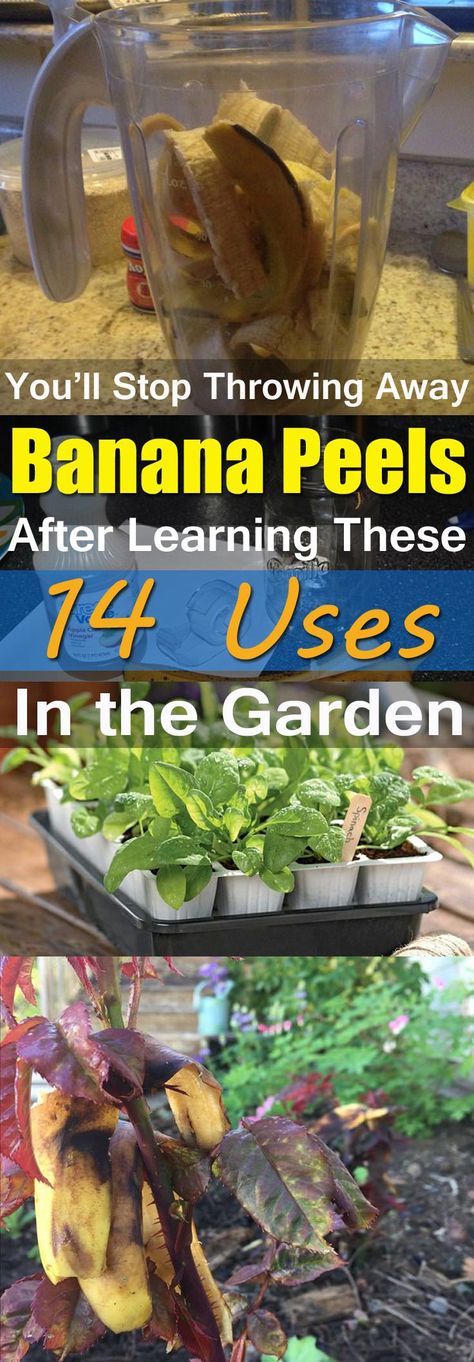 But eggshells do not decompose in most types of soil, so this will not solve the problem of soil enrichment. Also, as the banana peel decomposes, it absorbs valuable nitrogen from the soil, depriving your plants of food. nine0003 Bury banana peels under plants
But eggshells do not decompose in most types of soil, so this will not solve the problem of soil enrichment. Also, as the banana peel decomposes, it absorbs valuable nitrogen from the soil, depriving your plants of food. nine0003 Bury banana peels under plants
Conclusions:
There is nothing wrong with using banana peels in the garden, as long as you understand that it is just organic matter. All organic matter is good for soil and plants, and all provide a source of carbon and nutrients as they decompose. However, banana peels are not a "mega-organic" substance or a "superfood" for plants. Banana peels are a good source of "natural" fertilizer along with any organic waste, and are best composted instead of thrown in the trash anyway. nine0003
Academic sources and professional gardeners generally consider the practice of using banana peels in the garden to be pointless at best, and recommend the use of well-balanced fertilizers for optimal plant health.
If you want a guaranteed benefit, banana peels are best used in a compost bin with organic waste mix.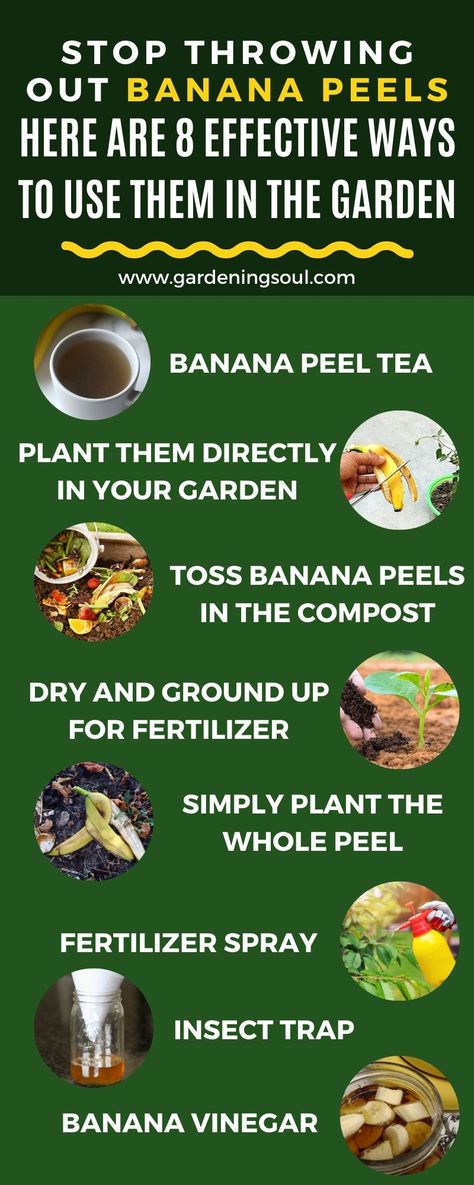 Each of which, with their own strengths and weaknesses, comes together to create a truly great garden product: compost. Never forget that there are no superstars in the compost heap. Good compost requires many different ingredients. nine0003
Each of which, with their own strengths and weaknesses, comes together to create a truly great garden product: compost. Never forget that there are no superstars in the compost heap. Good compost requires many different ingredients. nine0003
6 ways to use banana peels in the garden
Banana is a good source of potassium, calcium and phosphorus for both humans and plants. It is not necessary to "feed" green pets with fruits, an unnecessary peel is enough. And this is not the only case when a banana peel is useful in the country.
Fans of home cosmetics and various organic skin care products actively use banana peels for massage and peeling. Once every few days, with the soft side of a ripe banana peel, they massage their face along the massage lines and, thanks to fruit acids and nutrients, they get moisturized and radiant skin. nine0003
This organic product can also be used to whiten your teeth perfectly at home, if you wipe the enamel with a banana peel after each cleaning.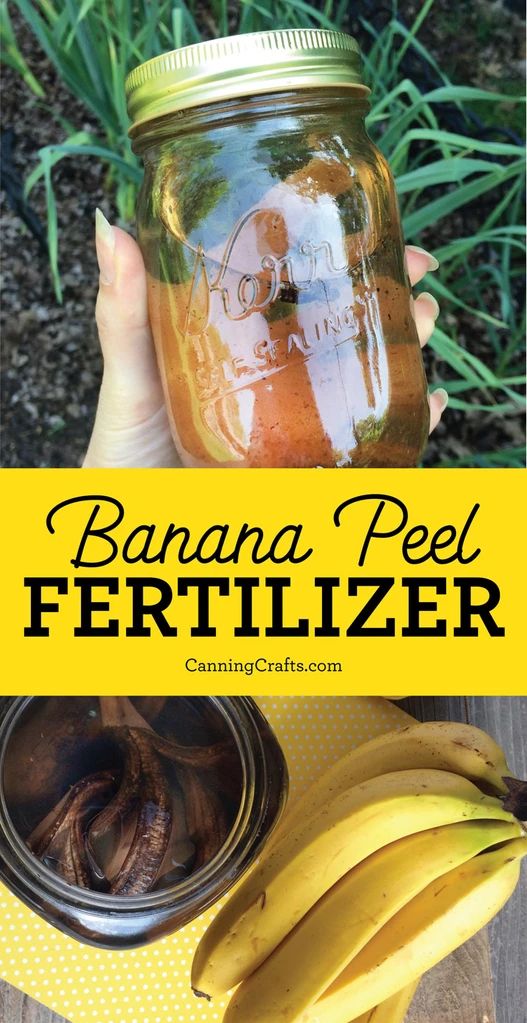 In the same way, it is easy to polish leather shoes, silverware and houseplant leaves. But in the garden and vegetable garden, a banana peel is an even more valuable helper.
In the same way, it is easy to polish leather shoes, silverware and houseplant leaves. But in the garden and vegetable garden, a banana peel is an even more valuable helper.
1. Banana peel as a fertilizer
Simply cut the peel into pieces and add them to each hole when planting vegetable (eg tomatoes, cucumbers and peppers) and flowers. Such organic fertilizer quickly decomposes and is well absorbed by plants. nine0003
Also, the peel can be soaked in water (3 skins per 3 liters of water) until completely decomposed and water the beds with the resulting infusion (compost tea). This helps improve soil structure. It is also useful to bury a banana peel under each ornamental plant. This technique stimulates and prolongs flowering.
Do not throw away the banana peel even in winter when the garden and vegetable garden are covered with snow. Cut it into pieces and freeze. Then by the onset of the summer season you will already have accumulated a sufficient amount of fertilizer. nine0003
2. Banana peel as a remedy for aphids
Banana peel infusion not only nourishes plants, but also protects them from pests. So, a large amount of potassium in the beds is not to the liking of the aphid, so the insect leaves the fertilized places.
In the garden, you can simply hang the peel on the branches of trees and shrubs. The appearance of such plants, of course, is not very presentable, but there will be fewer pests.
Regularly spray green pets with banana infusion on the leaves and aphids will lose interest in your site. nine0003
To prepare the infusion, take the peel of 2-3 bananas, chop, pour 1 liter of cold boiled water and infuse for 3 days. Then strain the finished infusion and dilute it with water 1:5.
3. Healthy compost
Banana peel is a great ingredient for a compost heap. Do not send cleanings to an ordinary bin, but exclusively to compost! After the organic matter has completely decomposed, you will have a good soil for filling high beds.
A nutrient substrate for bulbs can be prepared as follows: in winter, add finely chopped peel to the garden soil, pour with a solution of the EM preparation (Baikal EM-1, etc.) and mix thoroughly. After 1-2 months, add banana peel and bio-fertilizer again. In the spring, you will get a nutritious soil that is ideal for growing bulbous plants.
In the garden, use only the peel thoroughly washed in warm water (naturally, without a sticker). Otherwise, unsafe chemicals that were used to treat fruits during their growth and ripening can get into the soil. nine0003
4. Feeding for animals and poultry
If you do not only garden and garden on your plot, but also breed animals and birds (chickens, rabbits, pigs, decorative rats, hamsters), then they will gladly eat pieces of dried banana peel.
5. Fly trap and Drosophila
Place a banana peel in a fairly deep plastic container or glass jar and pour in the apple cider vinegar.
Learn more
- How to deep clean old wood floors

- Hall way wall paper

- Cardboard in garden
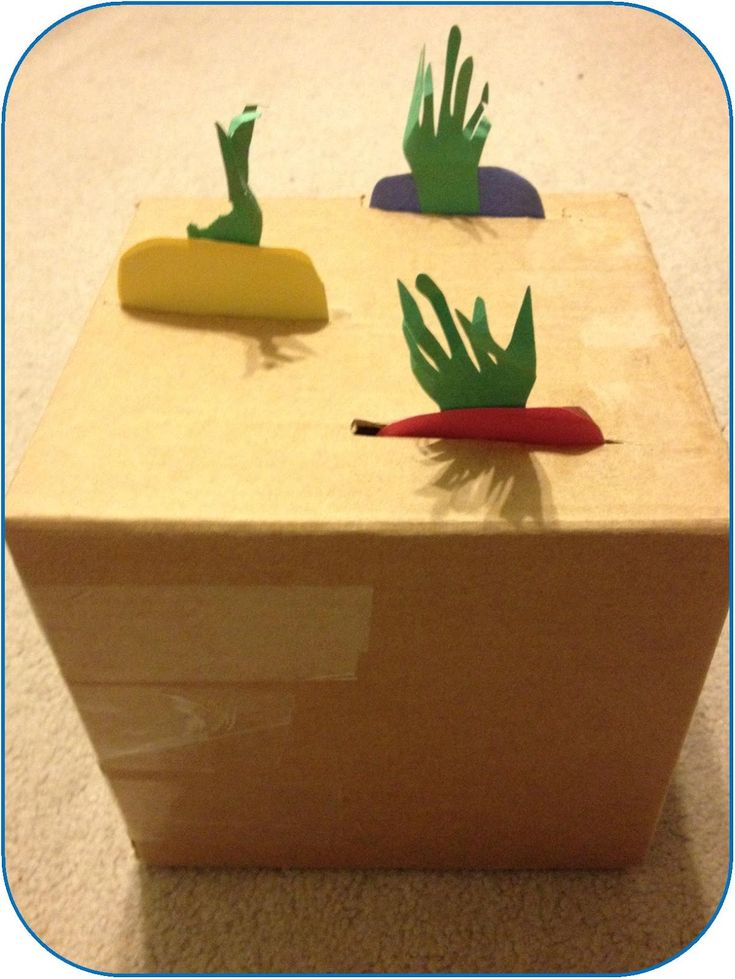
- Pruning citrus trees in pots
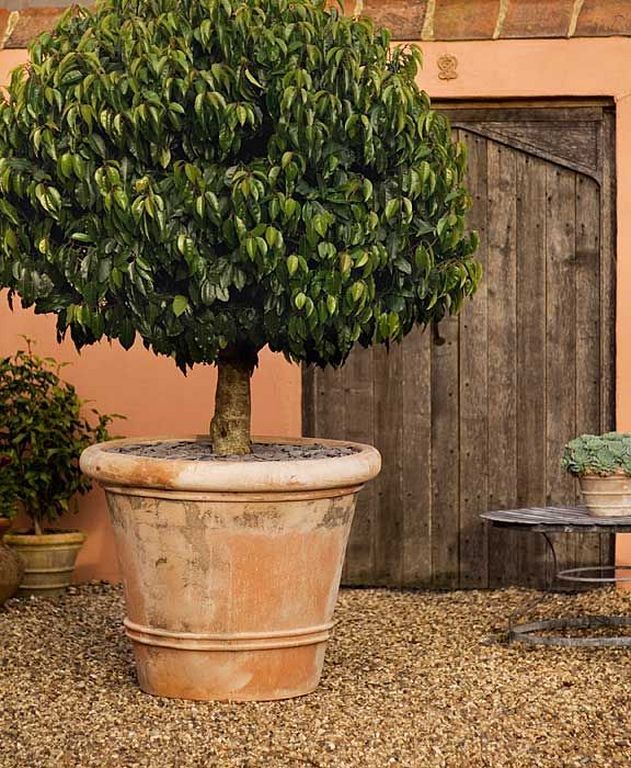
- Trees for home gardens

- Room painting basics

- Bathroom design luxury

- Bedroom flooring design

- Patio ideas for sloping gardens

- Vacuum cleaners for pet hair best ones
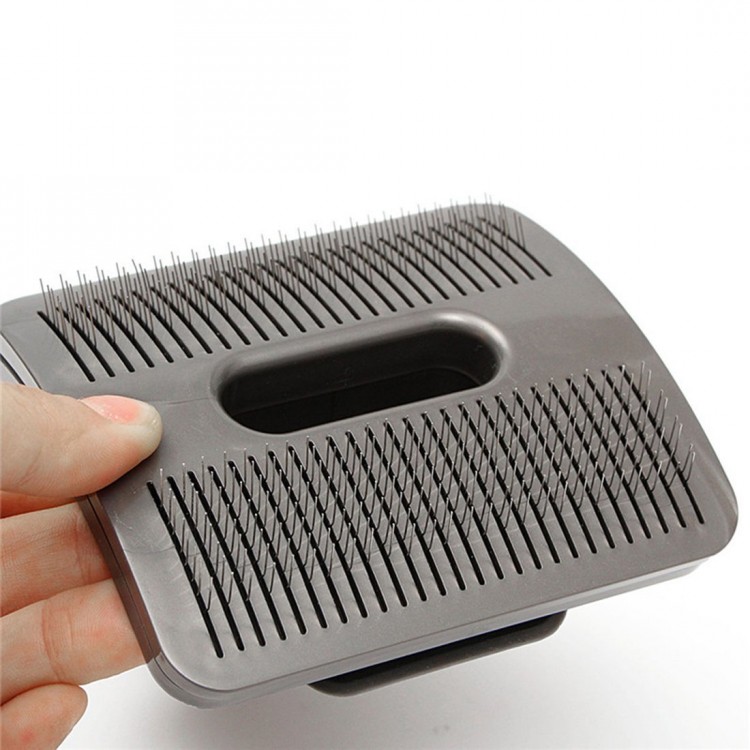
- Room with a fireplace
